how are the seeds of Hellebore dispersed naturally?
cchappy_100
20 years ago
Related Stories

GARDENING GUIDESUnleash Your Guerilla Gardener
Toss some seed bombs around the yard for easy, beneficial plantings
Full Story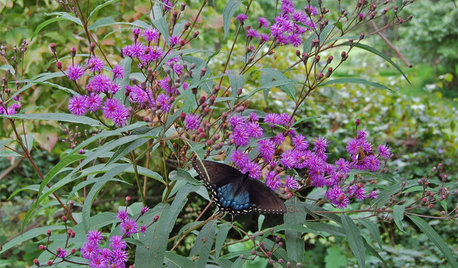
GARDENING GUIDESGreat Design Plant: Vernonia Noveboracensis
Stately New York ironweed attracts pollinators with its blooms at the end of summer and birds with its seeds in fall
Full Story
GARDENING GUIDESHow to Switch to an Organic Landscape Plan
Ditch the chemicals for a naturally beautiful lawn and garden, using living fertilizers and other nontoxic treatments
Full Story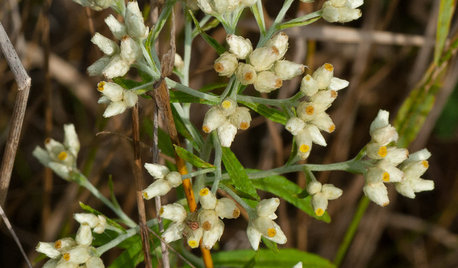
GARDENING GUIDESGreat Design Plant: Pseudognaphalium Obtusifolium, or Rabbit Tobacco
This late-blooming native annual, also known as sweet everlasting, adds spontaneity to landscapes in the eastern United States
Full Story
GARDENING GUIDES9 Self-Seeders Capture Chelsea Flower Show Magic
Give your garden show-worthy style with these plants beloved by top designers
Full Story
GARDENING GUIDESBackyard Birds: How to Care for American Goldfinches
The American goldfinch is a bright-in-the-summer visitor and one of the only vegetarian songbirds. Here's how to give them a healthy habitat
Full Story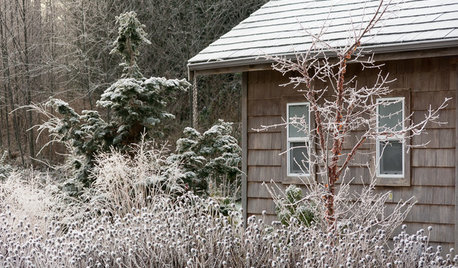
WINTER GARDENINGLook Beyond Plants for a Wonderful Winter Garden
Use sculptures, fences and other structures to draw the eye to a bare-bones landscape
Full Story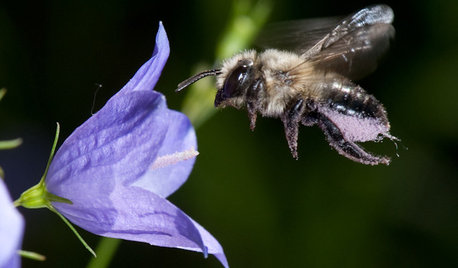
NATIVE PLANTSGreat Design Plant: Color Outside the Lines With Bluebell Bellflower
Plant this Campanula on pathway and patio edges for shots of bright blue from May through September
Full Story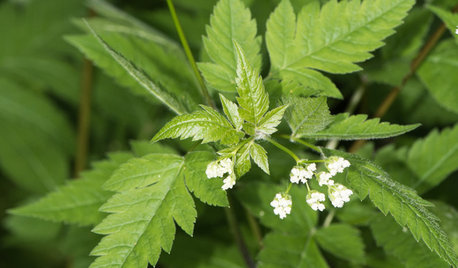
GARDENING GUIDESGreat Design Plant: Osmorhiza Longistylis Provides Texture and Form
Plant longstyle sweetroot in midwestern and eastern U.S. woodland gardens for its fern-like foliage and crisp white flowers
Full Story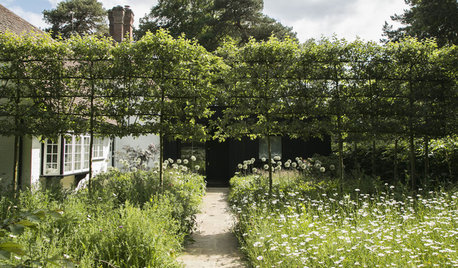
GARDENING AND LANDSCAPINGCrab Apple Trees Set Off a Stylish English Courtyard
A structure of pleached crab apple trees, bordered by a wildflower meadow, links a minimalist addition to an old house in Buckinghamshire
Full Story





carol23_gw
jgwoodard
Related Professionals
Simpsonville Landscape Architects & Landscape Designers · Ballenger Creek Landscape Architects & Landscape Designers · Lyons Landscape Architects & Landscape Designers · Saint Louis Park Landscape Architects & Landscape Designers · Brooklyn Center Landscape Architects & Landscape Designers · Arlington Landscape Contractors · Edmond Landscape Contractors · Caldwell Landscape Contractors · Cerritos Landscape Contractors · La Verne Landscape Contractors · Merced Landscape Contractors · Northport Landscape Contractors · Siloam Springs Landscape Contractors · Albuquerque Siding & Exteriors · Annapolis Siding & Exteriorsjohandk
jgwoodard
MayBATL
Greenmanplants
woadwoman